The world's most counterfeited currencies: where the pound ranks
Notes on a scandal

shana espinoza/Shutterstock
Suitcases of forged banknotes aren't just the stuff of heist movies and spy novels. Banks and governments around the globe are constantly working to prevent fraudsters from introducing fake cash into circulation, with some countries more successful in their efforts than others.
Countries typically use parts per million (ppm) – a metric borrowed from chemistry – to monitor counterfeit currency. They give a score by measuring the number of fake banknotes found in circulation for every one million genuine notes and most nations aim to stay below the 15 ppm mark.
Click or scroll on to discover how much fraudulent money is floating around in some of the world's major currencies, ranked from the lowest ppm rate to the highest.
All dollar amounts in US dollars unless otherwise stated.
Malaysia ringgit: 0.3 ppm
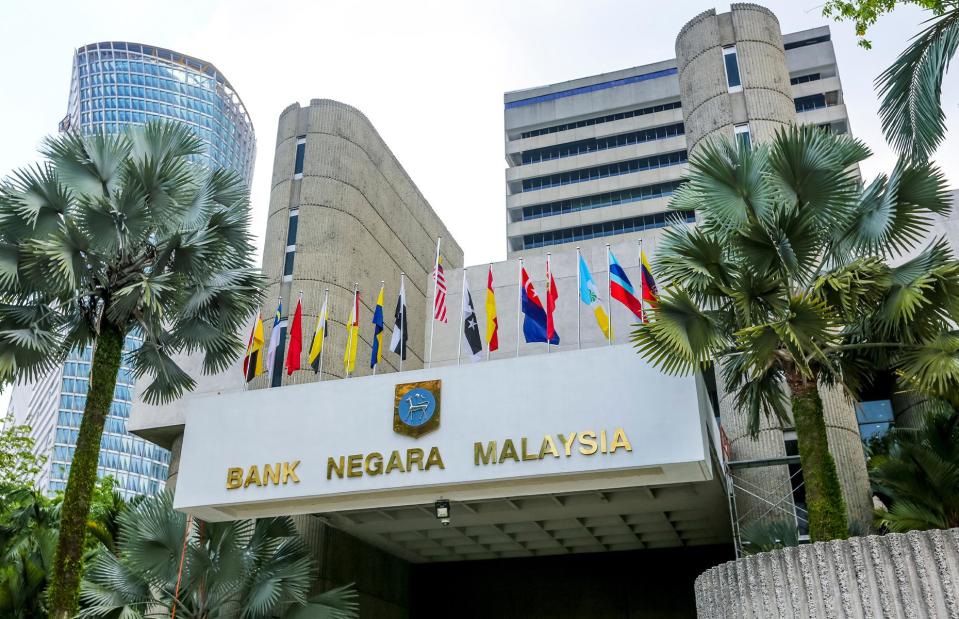
Abdul Razak Latif/Shutterstock
With just 0.3 fake notes per ten million recorded in 2022, Malaysia’s counterfeiting index is well below the international benchmark of 15 ppm.
In fact, the country's score has been on a steady decline over the last decade, having dropped from a peak of 1.9 ppm in 2015.
Bank Negara Malaysia (Malaysia's central bank) reports that larger bills are the most likely to be counterfeited, with the RM100 note (worth $21/£17) – the highest value available – comprising 87% of the fake bills identified in 2022.
Malaysia ringgit: 0.3 ppm
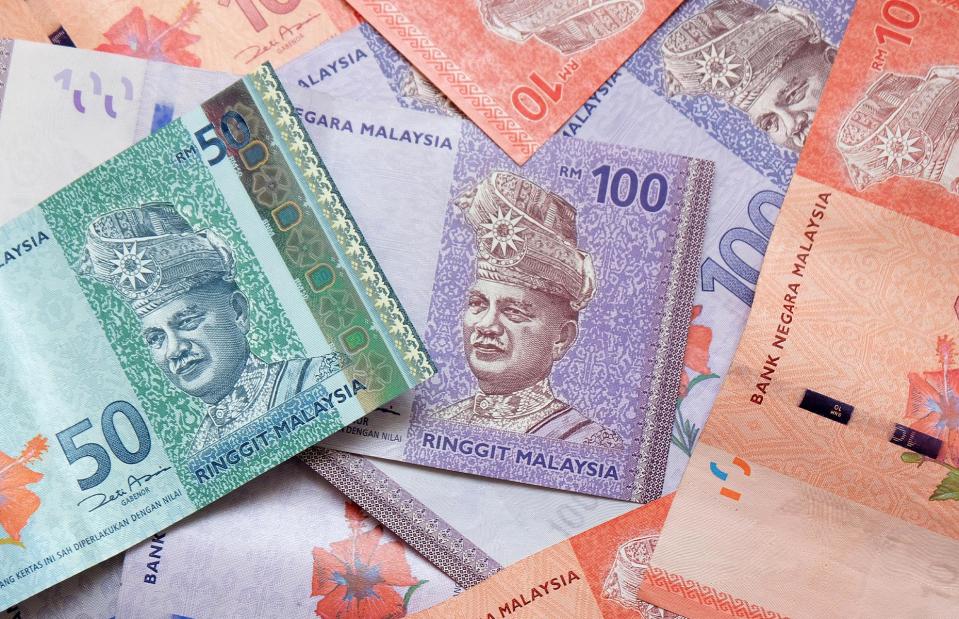
PIMPAN/Shutterstock
Despite the ringgit being one of the world's least forged currencies, the Bank Negara Malaysia continues to improve and enhance its anti-counterfeiting measures.
Security details on ringgit banknotes include raised printing, 3D watermarks, clear windows, and a thread that changes colour when the note is tilted. The bank reviews these features every few years.
New Zealand dollar: 0.8 ppm
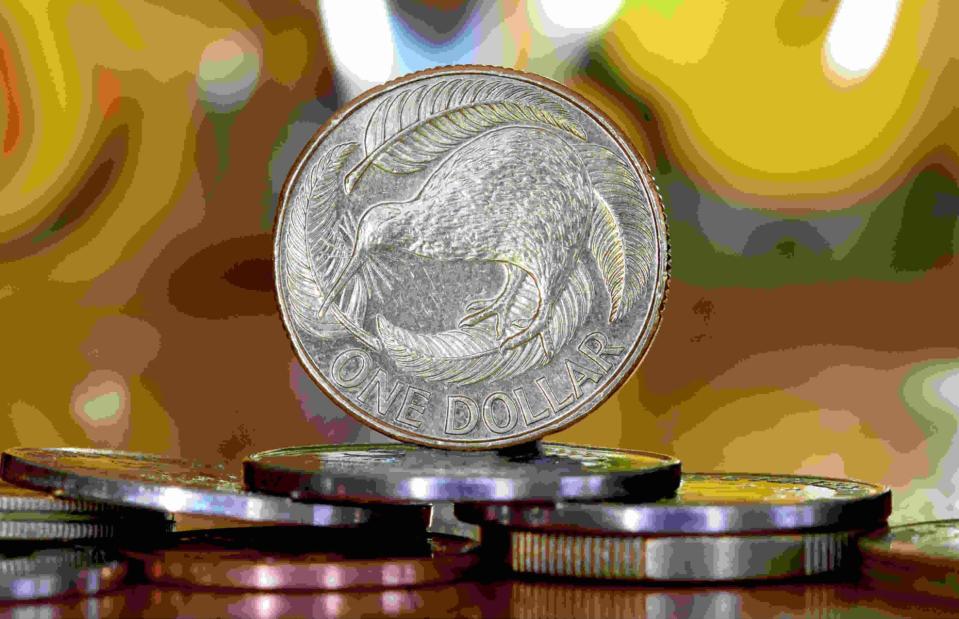
Michael Leslie/Shutterstock.com
The Reserve Bank of New Zealand's most recent parts per million rating is for the financial year 2017-2018.
The country's score of 0.8 ppm means Kiwis are at a significantly lower risk of encountering fake money than citizens of many other English-speaking countries.
Fake coins are particularly hard to come by in New Zealand due to their difficulty to forge. However, the bank still advises citizens to listen for a ringing sound when a coin is dropped on a tabletop; a fake will make more of a thud.
New Zealand dollar: 0.8 ppm

Reserve Bank of New Zealand
New Zealand’s banknotes boast some sophisticated security measures.
Made of polymer, a type of plastic designed to be trickier to forge, each note features at least one transparent window. Currently, two sets of banknotes are in circulation: Series 6, which has two smaller windows, and Series 7 (pictured), which has one larger window.
As part of the new features introduced in Series 7, the colour of the bird featured on the bill changes when it's tilted.
South African rand: 3 ppm
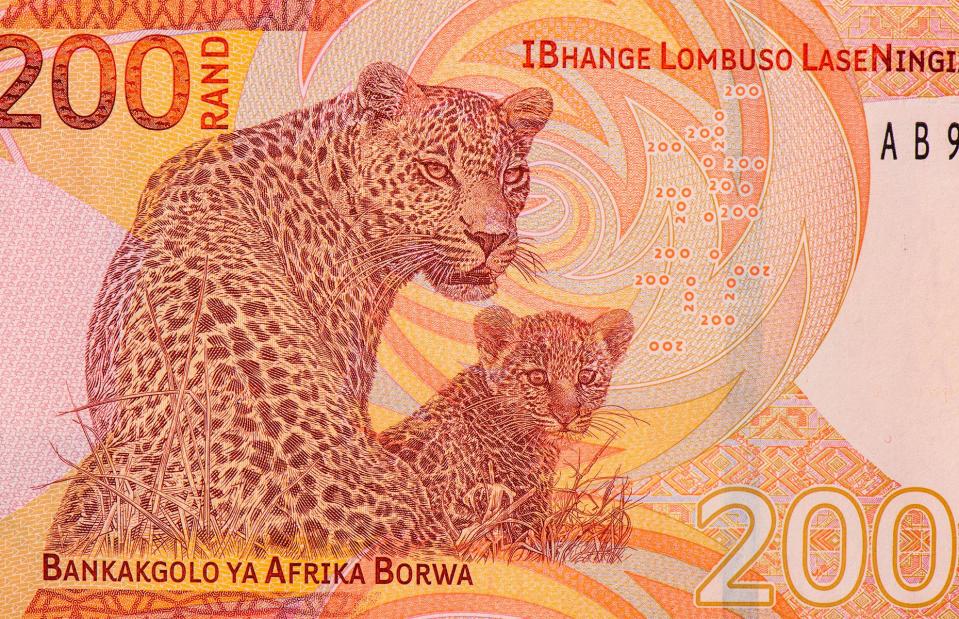
Prachaya Roekdeethaweesab/Shutterstock
The South African Reserve Bank (SARB) estimates there are only three forged bills for every million in circulation, comfortably below the 15 ppm benchmark favoured by many countries.
Rand banknotes are available in five different denominations and are made out of a cotton substrate, varying in colour according to value.
Despite having one of the lowest occurrences of counterfeiting worldwide, SARB remains actively engaged in making it harder for fraudsters to copy its currency.
South African rand: 3 ppm

Prachaya Roekdeethaweesab/Shutterstock
SARB introduced new banknotes into circulation in May, marking the country's first major monetary update since 2012.
While rand banknotes had previously featured a different game animal from the African Big Five (lions, leopards, black rhinos, African bush elephants, and African buffalos), the new bills show each animal with one of its young. The notes also feature watermarks of each animal’s head, as well as the numerical denomination.
Other security measures include raised markings to help the visually impaired and a 4mm-wide security strip that changes colour when tilted thanks to special ink. This same technology allows certain motifs on the bills to appear as if they're spinning.
Canadian dollar: 7 ppm

Darlene Munro/Shutterstock.com
The Bank of Canada reported the rate of counterfeit notes in the country to be 7 ppm in 2021. However, this low rate hasn't always been the case. A wave of rampant counterfeiting in the late 1990s saw Canada reach a peak of 470 ppm in 2004.
In 2011, the bank switched from paper notes to plastic, made from a polypropylene substrate. As a result, counterfeiting fell by as much as 74% by 2015, according to the Royal Canadian Mounted Police (RCMP).
Before the switch, the RCMP's analysts would receive as many as 45,000 notes per month to be tested for authenticity. Four years later, this had dropped to around 1,500, many of which were copies of the older paper notes.
Canadian dollar: 7 ppm
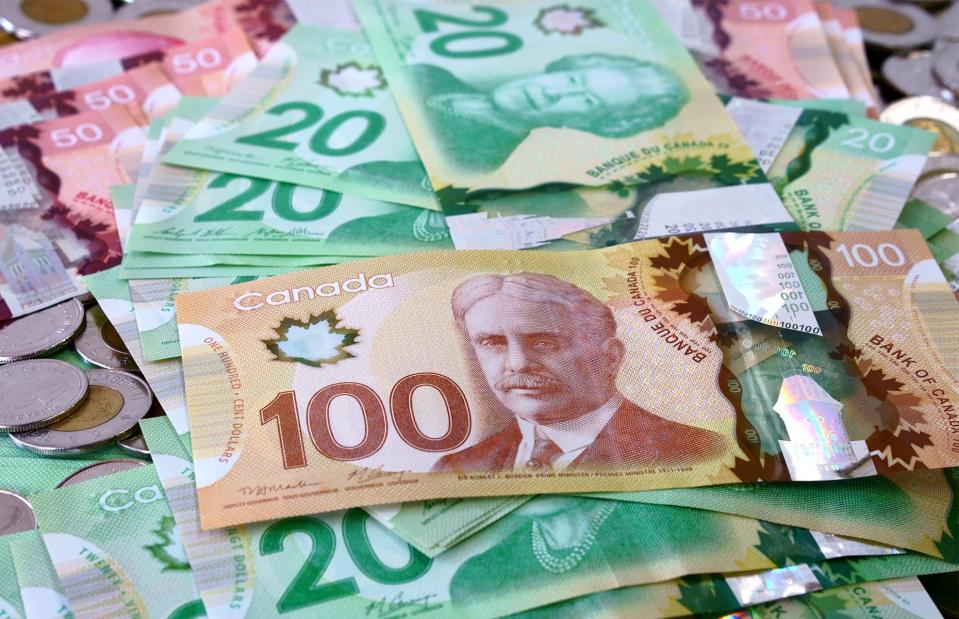
Studio Specialty/Shutterstock
Canadian dollars feature a large transparent window through which you can see a portrait of a notable person above the image of a famous building.
Beneath the portrait, the word "Canada" is also transparent and slightly raised. Other security features include a smaller frosted window with a maple leaf design, which has a transparent outline and contains hidden numbers that are only visible when illuminated.
Philippine peso: 7.9 ppm
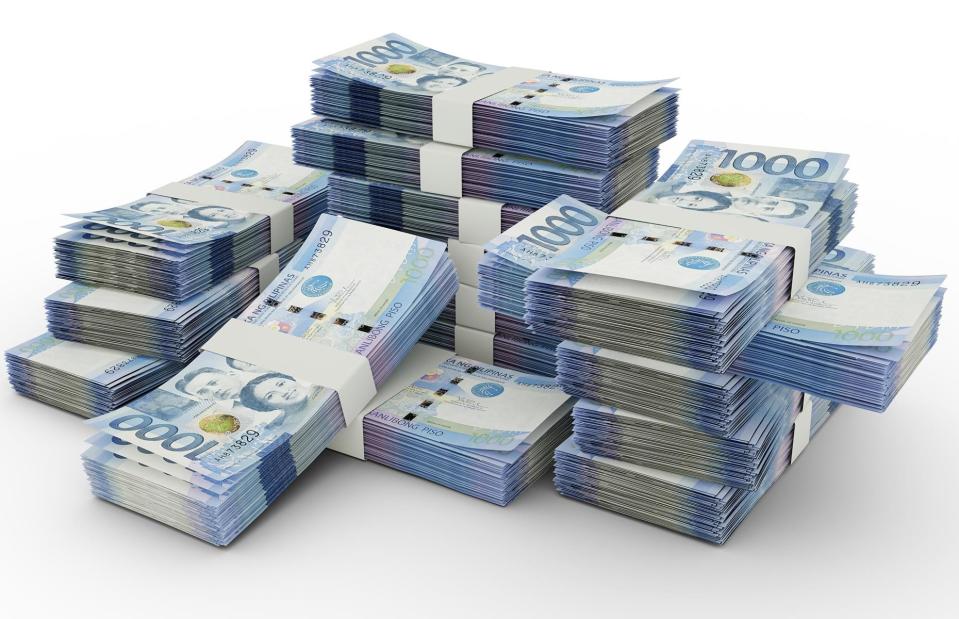
RODWORKS/Shutterstock
A similar transition is happening in the Philippines, where the Bangko Sentral ng Pilipinas (BSP) is introducing polymer notes to combat fraud. However, its 7.9 ppm counterfeit rate is still nowhere near the staggeringly high figure seen in Canada prior to its banknote transition.
In April 2022, BSP began circulating 10 million polymer notes for the 1,000 peso bill (worth $18/£14). The nation aims to have 500 million polymer notes in circulation by the end of 2023, resulting in the slow phase-out of paper bills and a reduction in printing costs.
Philippine peso: 7.9 ppm
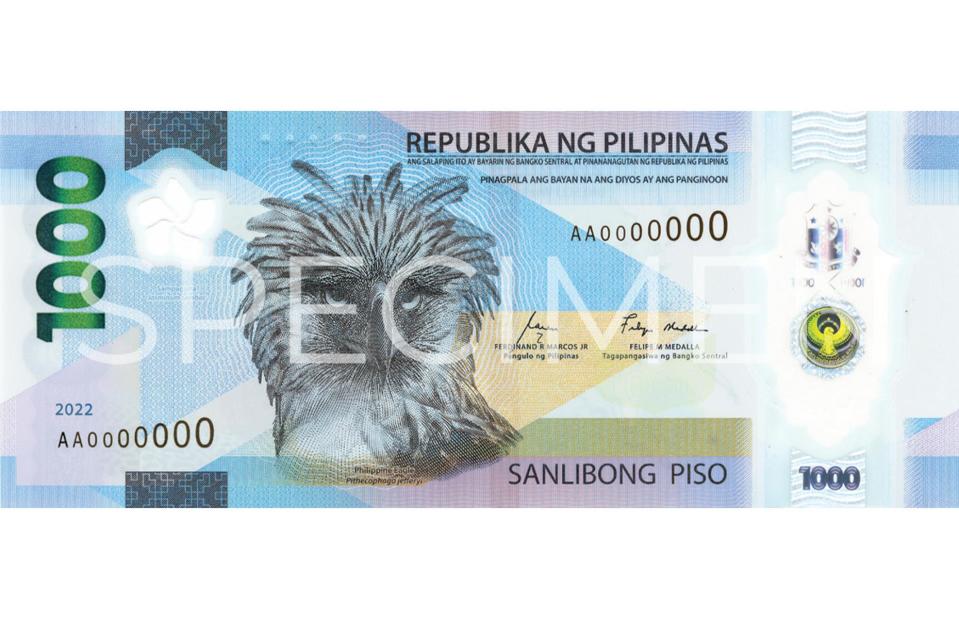
Bangko Sentral ng Pilipinas
The currency is often referred to by its Tagalog name "piso", and both the paper and the plastic notes are still currently legal tender.
The new bill takes advantage of the many security features other countries use to protect their currencies, including ink that changes colour when tilted, tactile dots to aid the visually impaired, and metallic imagery.
Unique features include a transparent space shaped like the country’s national flower, the Sampaguita, and embossed lines that spell out the bank’s initials.
Australian dollar: 9 ppm
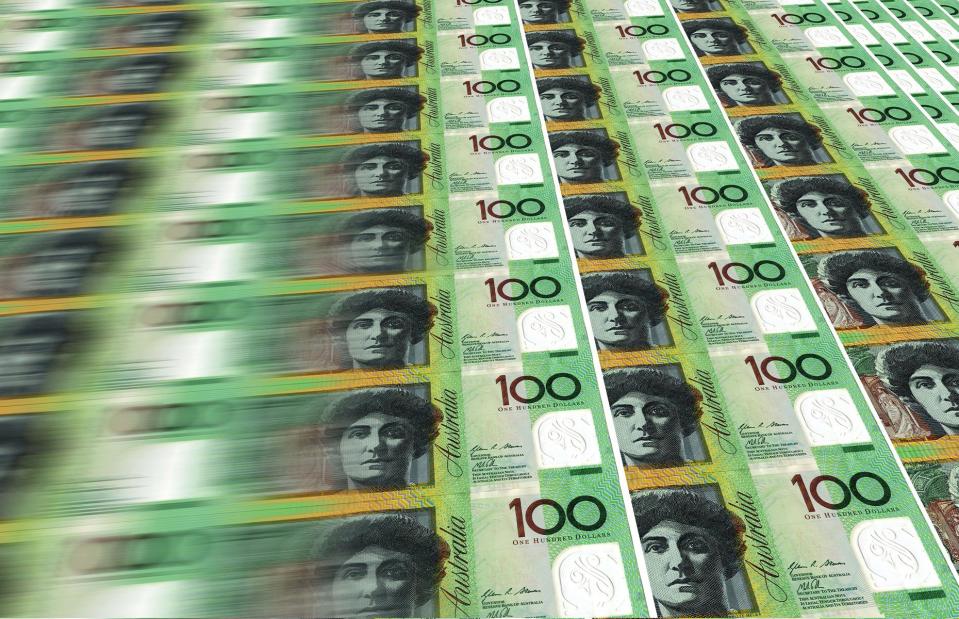
Rose Marinelli/Shutterstock
Fake cash in Australia reached its peak in 2015 when the rate hit 27 ppm, before steadily declining to the much lower figure of 9 ppm by 2021.
The Reserve Bank of Australia credited this decrease to law enforcement efforts, which included shutting down major counterfeiting operations during the 2015-2019 period. The transition to cashless payments, lockdowns during the COVID-19 pandemic, and a new series of banknotes with improved security features have also played their part.
Australian dollar: 9 ppm
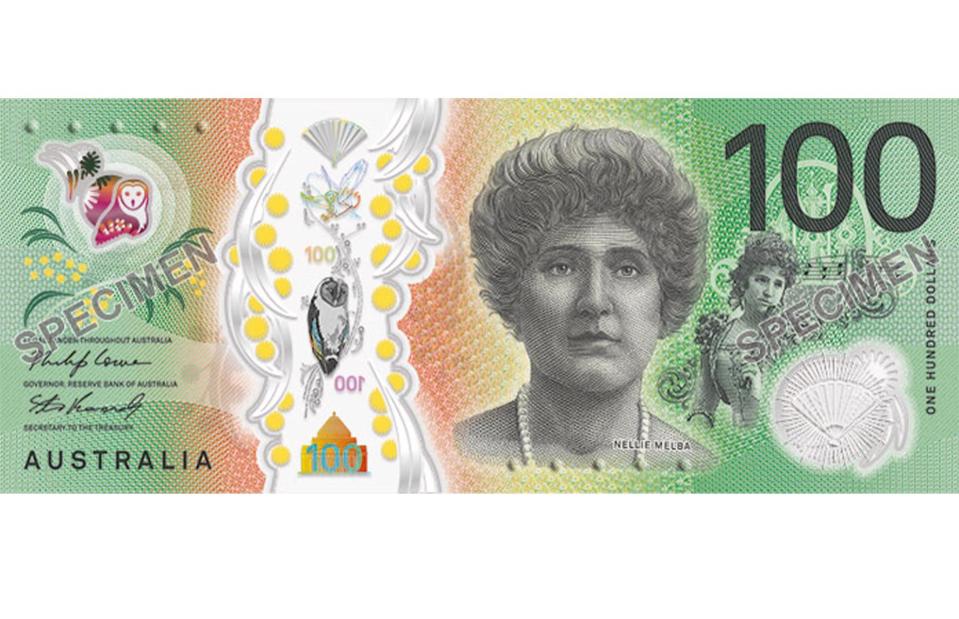
Reserve Bank of Australia
In 2020, the $100 banknote surpassed the $50 bill to become Australia's most forged denomination – and the bank suspects that one specific counterfeiter is driving this change.
However, recent updates mean the fraudster faces more of a challenge. The legitimate bill now features an image of a flying owl image which appears to flex its wings and change colour when tilted, while a 3D fan shows different colour lines. Rolling colour effects feature on both sides of the note.
The forger will also need to find a way to replicate the raised text, which features a distinctive texture, as well as the bill's clear top-to-bottom window. Plus, UV light should reveal a hidden owl and the note's serial number and year of print.
Euro: 13 ppm

Carlos Amarillo/Shutterstock.com
The official currency of 20 of the 27 Member States of the European Union, the euro teeters close to that all-important 15 ppm threshold.
In 2022, 376,000 counterfeit euro banknotes were withdrawn from circulation, the second-lowest number on record in proportion to the total amount of banknotes in circulation.
Around 97% of these bills were found within the Eurozone, with the majority of them €20 and €50 banknotes.
Euro: 13 ppm
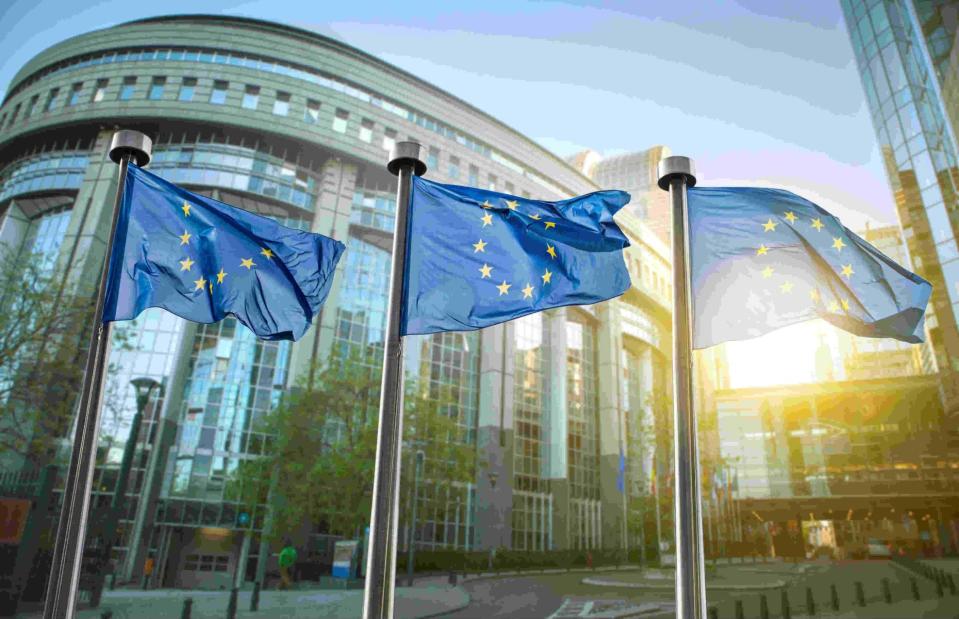
artjazz/Shutterstock.com
Ever since the first series of euro banknotes was issued, the Eurosystem – the European Central Bank and the 20 national central banks of the EU Member States – has encouraged people to be vigilant when receiving cash.
To stem the tide of fake notes, the European Central Bank gradually started to introduce the Europa series in 2013, a new collection of notes with sophisticated security features such as a security thread and portrait holograms.
Other measures include watermarks that are only visible when held to the light, and the illusion that the number is shifting when the banknote is held at an angle.
British pound: 42 ppm
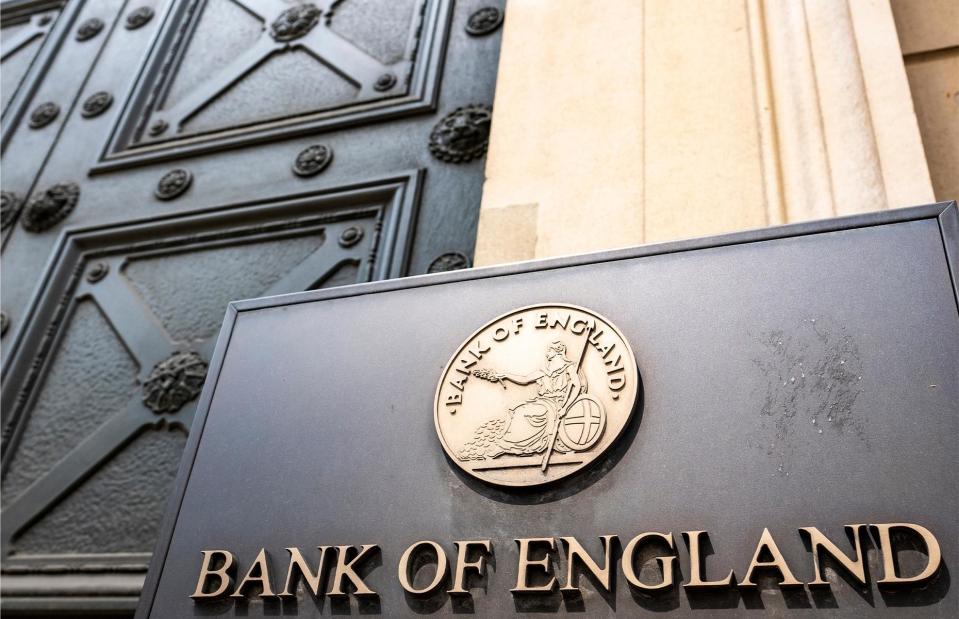
William Barton/Shutterstock
Just 0.0042% of the UK's banknotes were found to be fake in 2022.
However, the Bank of England reported that counterfeit currency captured prior to entering circulation would have totalled £4 million ($5.6 million). At 42 ppm, the rate is more than three times higher than that of the euro.
British pound: 42 ppm
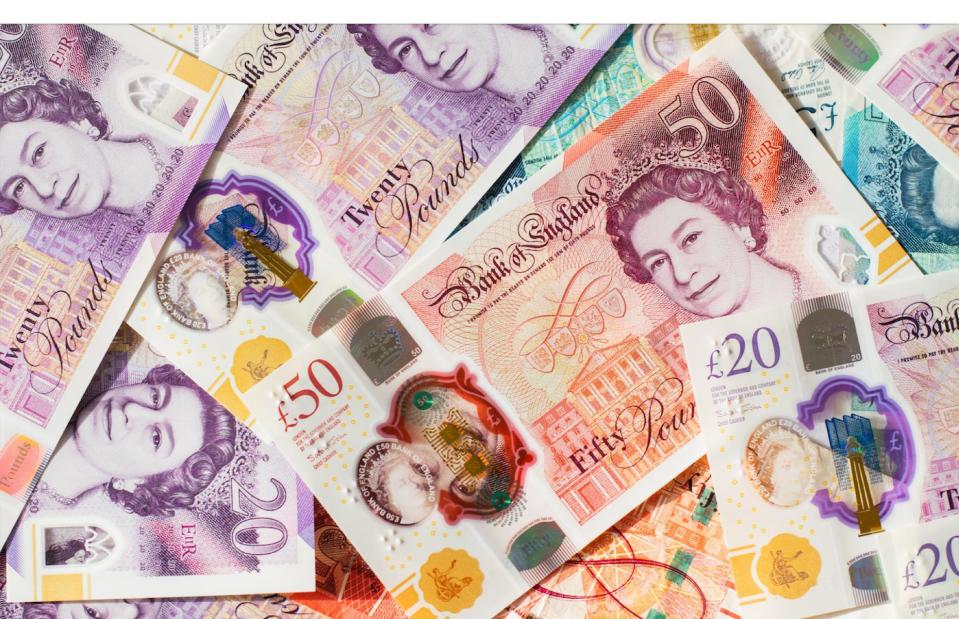
shana espinoza/Shutterstock
While this might seem high, the Bank of England says counterfeiting has reduced significantly in recent years thanks to its steady introduction of polymer banknotes since 2016. Much like Australia, the growth of electronic payments and the impact of pandemic lockdowns have also helped.
Holograms are a prominent security feature on British banknotes. When tilted, the words over the hologram on legitimate notes should change, for example, "Fifty" becomes "Pounds". Likewise, within the two gold foil squares on the front of a £50 note the images should change between "50" and a "£" symbol.
US dollar: 100 ppm?

Goskova Tatiana/Shutterstock.com
Is the American dollar the world's most forged currency? Quite possibly.
The US government remains secretive about the amount of counterfeit cash in circulation. Its most recent public report dates back to 2006, when it was revealed that one in every 10,000 US bills was fake.
However, the almighty dollar has since seen its banknotes redesigned in a bid to increase security, so it's likely this figure is now much lower. That said, in 2015, the US Secret Service estimated that as much as $147 million (£114m) in fake US dollar notes was in circulation around the globe.
US dollar: 100 ppm?
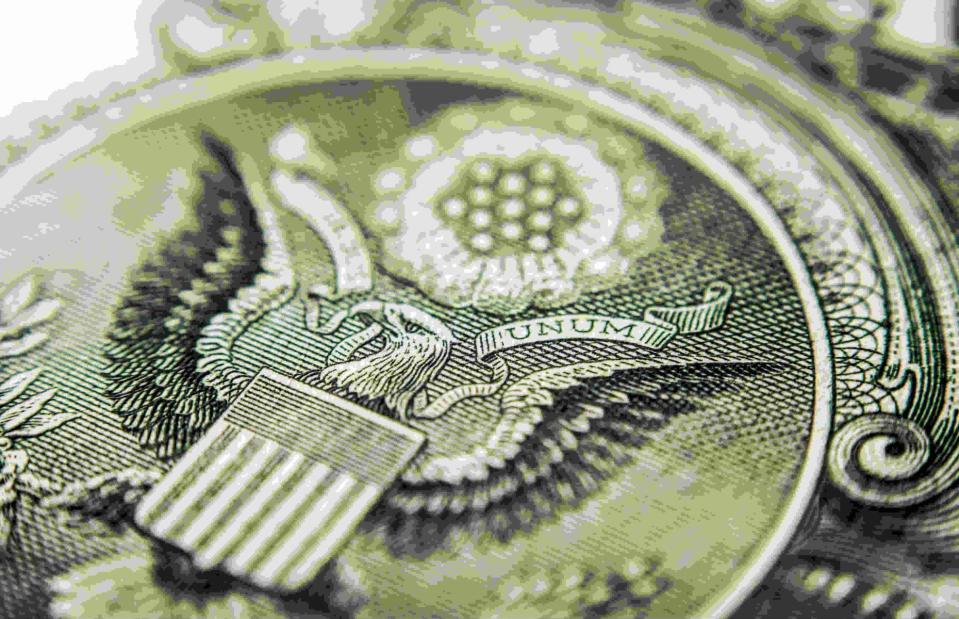
Nik Waller Productions/Shutterstock.com
Among other authenticity features, the newest iteration of America's $100 bill has a 3D blue ribbon woven into the paper next to Benjamin Franklin's face. When the note is tilted, images of bells and the number 100 move from side to side.
The note also has several colour-changing motifs and a visible watermark on both sides, with all details carefully incorporated to make forgery as tricky as possible.
The US has yet to switch to plastic notes, preferring a cotton-linen substrate instead. However, that shouldn't be mistaken for a lax approach to security. Editing software such as Adobe's Photoshop has built-in counterfeit deterrence systems that prevent users from opening images that show US currency.
From money to Monet. Think you can tell a fake painting from the real deal? Discover the valuable pieces of art that the experts just can't agree on

 Yahoo Finance
Yahoo Finance 